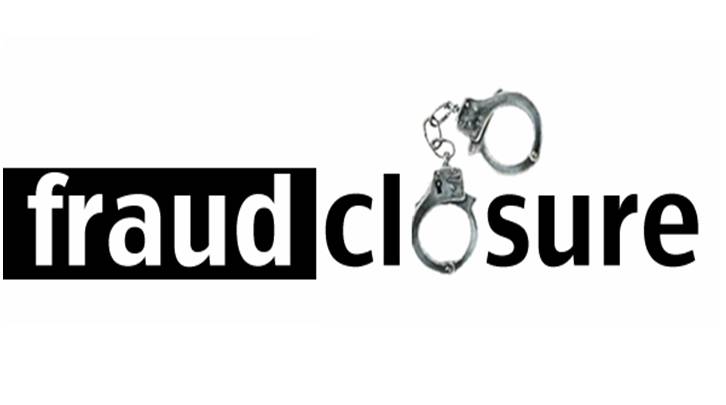Excerpt: At Goldman Sachs Servicer, 2018Total Disaster’
by Paul Kiel ProPublica
Answers to homeowners’ questions about the Independent Foreclosure Review.The administration’s website for the foreclosure prevention program. Provides an FAQ, homeowner examples, and other tools to see whether you might qualify for the program.A list of HUD-approved housing counseling agencies nationwide.Tips for homeowners from the Federal Trade Commission.These rules lay out how mortgage servicers are supposed to conduct the program.A finance and economics blog that provides news and metrics on the state of the housing market.
Yesterday, we published “The Great American Foreclosure Story,” our latest Kindle Single. The narrative gives readers a comprehensive look at the foreclosure crisis. Part of that story is the government’s inadequate response, particularly its Home Affordable Modification Program, HAMP. In the excerpt below, Chris Wyatt, a former employee of Litton Loan Servicing, then a Goldman Sachs subsidiary, tells what it was like at the company during the program’s first, crucial years.
In 2009, during the first few months of its participation in the program, Litton put tens of thousands of homeowners into trial modifications. That was easy, because nothing had to be documented. Under the agreements, if the borrower made the lowered payments for the three-month trial period, they’d receive permanent modifications.
The hard part was for Litton to collect the borrowers’ papers and crunch the numbers to verify the terms of the permanent modifications. That, he says, “turned out to be a total disaster.”
Wyatt led Litton’s “Executive Response Team,” which was charged with handling customer complaints. Litton employees, overwhelmed and undertrained, frequently made basic errors when calculating a homeowner’s income, he says. HAMP guidelines often weren’t followed, because Litton was “way understaffed” and couldn’t keep up, he recalls. But the worst part was the way Litton dealt with homeowners’ documents, he says.
When homeowners faxed their documents, they didn’t go to Litton, Wyatt says. They went to India, where a low-cost company scanned and filed the documents 2014 but often misfiled or lost them. Wyatt says Litton routinely denied modifications because homeowners had not sent their documents when, in fact, they had.
In a process internally referred to as a “denial sweep,” Litton’s computers would automatically generate denial letters for every homeowner who, according to Litton’s records, hadn’t sent their documents. But untold numbers of those documents had been lost on another continent. Wyatt complained about the practice in multiple meetings with senior management, he says, but managers were chiefly worried about reducing the overwhelming backlog.
In general, Wyatt recalls, Litton was much more careful about granting modifications than denying them. Yes, HAMP gave financial incentives for each modification Litton and other servicers made, but modifications also meant closer scrutiny from the program’s auditors.
As of the end of 2010, fewer than 12 percent of the borrowers who’d applied for a HAMP modification with Litton were granted one. The vast majority of those denials, Wyatt says, were not legitimate. Goldman Sachs’ emphasis on maximizing profits rather than preventing foreclosures is typical of the servicing industry, he says, particularly the larger banks.
“They could have addressed the crisis way earlier. Had companies changed their philosophy and said, ‘You know what? We’re not going to beef up our collections staff; we’re going to beef up our loss mitigation staff.’ Had they done that and come up with loan modification scenarios that were reasonable and put people into more affordable payments early on, we wouldn’t be where we are now.”
A spokesman for Goldman Sachs said the company disagreed with Wyatt’s account but offered no specifics.
You can read “The Great American Foreclosure Story” in its entirety here.
~


Makes me feel proud to be a USA citizen ..and even more proud that my son puts his nuts on the line as a USAF pilot defending us. May God help the United States and all of our discussting greed..
Good exposure – we are aware of the failures on all kinds levels – I love those insiders who speak – keep ’em coming!